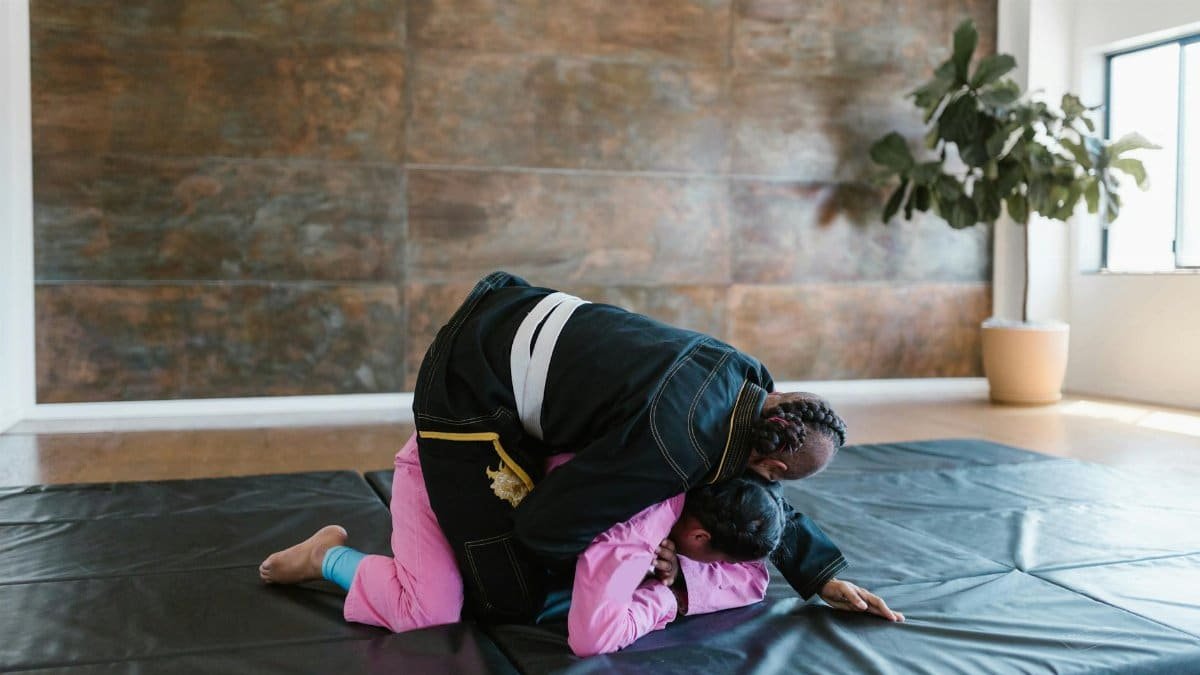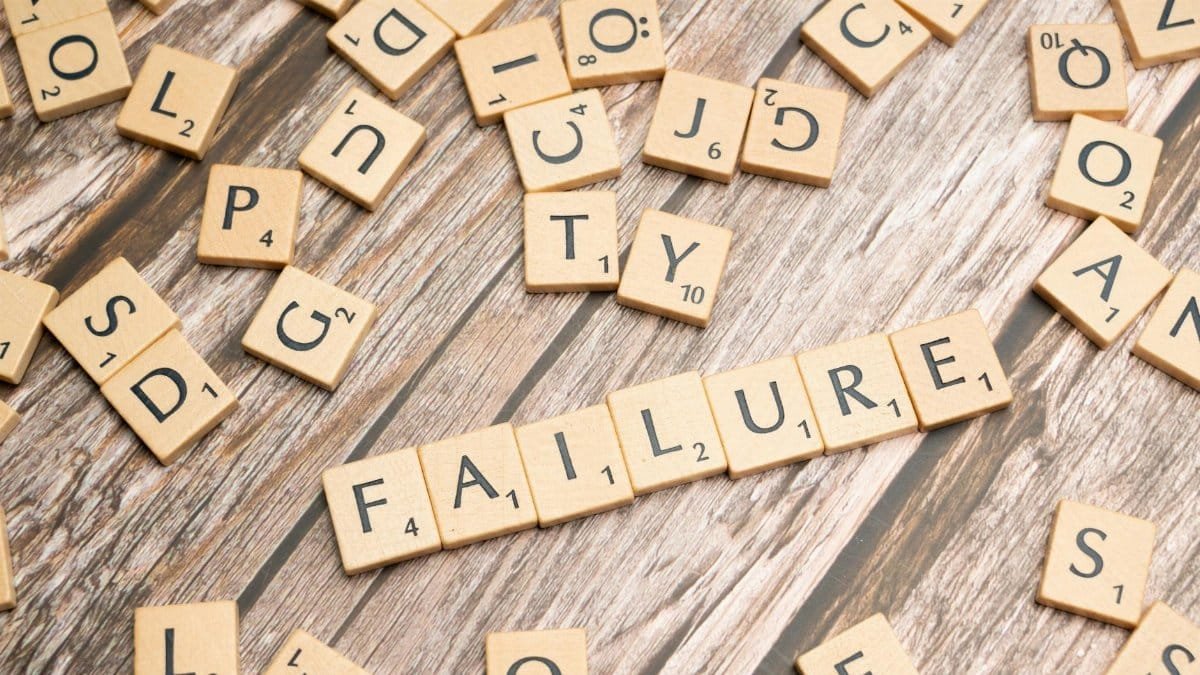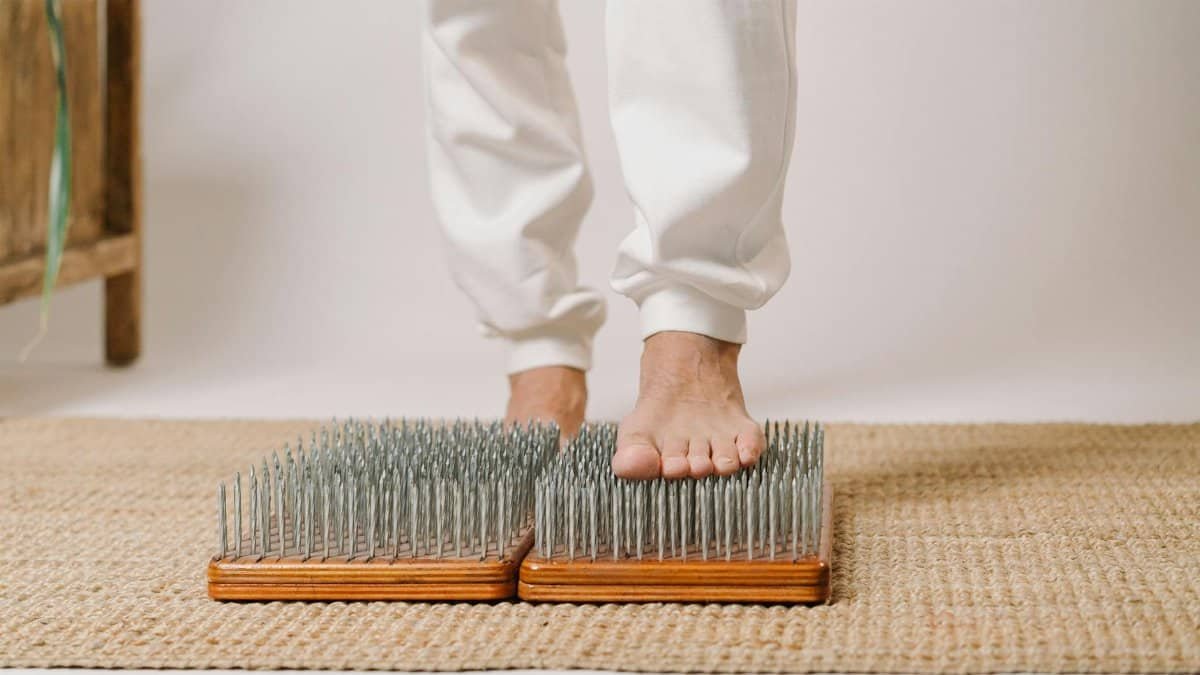In a fast-paced world, more Americans are turning to breathwork for emotional stability. New data from a 2023 survey by the American Psychological Association shows that 35% of adults report using mindfulness practices like breathwork to manage stress, up from 25% five years ago. This surge highlights clarity breathwork wellness as a key tool for achieving mental clarity and balance. Practitioners say it helps release pent-up emotions, fostering calm amid daily chaos. As wellness trends evolve in 2025, breathwork stands out for its accessibility and immediate benefits.
What Is Clarity Breathwork?

Clarity breathwork is a therapeutic breathing technique designed to promote emotional release and mental focus. Rooted in ancient practices but modernized for today’s users, it involves conscious, connected breathing patterns that help clear emotional blockages. Unlike simple deep breathing, this method encourages a continuous flow without pauses, often guided by trained facilitators. It’s gaining traction in U.S. wellness circles for its role in reducing anxiety and enhancing self-awareness. Experts note its simplicity makes it ideal for beginners seeking emotional equilibrium.
The Science Behind Breathwork and Emotions

Breathwork influences the autonomic nervous system, shifting the body from fight-or-flight mode to rest-and-digest. Studies indicate that controlled breathing can lower cortisol levels, the hormone tied to stress. A 2020 review in the Journal of Clinical Psychology found breathwork effective for emotional regulation. By oxygenating the brain more efficiently, it boosts endorphin release, leading to improved mood. This physiological link explains why many report feeling more balanced after sessions. In clinical settings, it’s used alongside therapy for trauma recovery.
Benefits for Daily Emotional Balance

Regular breathwork practice builds resilience against emotional ups and downs. Users often experience heightened focus and reduced reactivity to stressors. For instance, office workers in high-pressure jobs use short sessions to reset during breaks. It supports better sleep by calming the mind before bed, which in turn stabilizes emotions the next day. Wellness advocates praise its non-invasive nature, making it a go-to for those avoiding medication. In 2025, apps and online classes make it easier to integrate into routines.
Common Techniques to Try

Start with the 4-7-8 method: Inhale for four seconds, hold for seven, exhale for eight. This technique, popularized by Dr. Andrew Weil, calms the nervous system quickly. Another is box breathing, used by Navy SEALs, involving equal counts for inhale, hold, exhale, and hold. For clarity breathwork specifically, try circular breathing without pauses to deepen emotional release. Sessions last 10 to 60 minutes. Beginners should consult guides to avoid dizziness.
Real-Life Stories of Transformation

Take Lisa Thompson, a New York accountant who battled chronic anxiety. After incorporating breathwork into her mornings, she noticed sharper focus at work and fewer panic episodes. “It changed how I handle stress,” she shared in a wellness forum. Similarly, a Los Angeles teacher reported better classroom management after using breathwork to process frustration. These anecdotes reflect broader U.S. trends where individuals credit the practice for emotional steadiness. Such stories underscore its practical impact.
Potential Challenges and How to Overcome Them

Not everyone dives in easily. Some face initial discomfort like lightheadedness or emotional surges during sessions. To counter this, start slow in a comfortable setting. Professional guidance helps navigate intense feelings safely. Skeptics worry about pseudoscience, but evidence from sources like the National Institutes of Health supports its benefits for stress reduction. Building a consistent habit, even five minutes daily, overcomes resistance over time.
Integrating Breathwork into Wellness Routines

Pair breathwork with yoga or meditation for amplified effects. Many U.S. gyms now offer combined classes, reflecting 2025’s holistic health push. Track progress in a journal to note emotional shifts. For busy schedules, apps provide guided sessions on demand. Experts recommend morning practices to set a balanced tone for the day. This integration fosters long-term emotional health without overhauling lifestyles.
Expert Opinions on Its Effectiveness

Dr. Elena Rossi, a psychologist at Columbia University, states, “Breathwork bridges mind and body, offering tangible emotional relief.” Research from the American Psychological Association echoes this, showing reduced depression symptoms in participants. Trainers emphasize personalization, as one size doesn’t fit all. In therapeutic contexts, it’s seen as a complementary tool, not a cure-all, but its growing adoption signals strong endorsement.
Future Trends in Breathwork Wellness

As mental health awareness rises, breathwork is poised for mainstream integration. Virtual reality sessions could enhance immersion by 2025. Corporate wellness programs increasingly include it to combat burnout. With rising stress from economic pressures, expect more studies validating its role in emotional balance. Accessibility via telehealth expands its reach, making clarity breathwork wellness a staple in American self-care arsenals.
